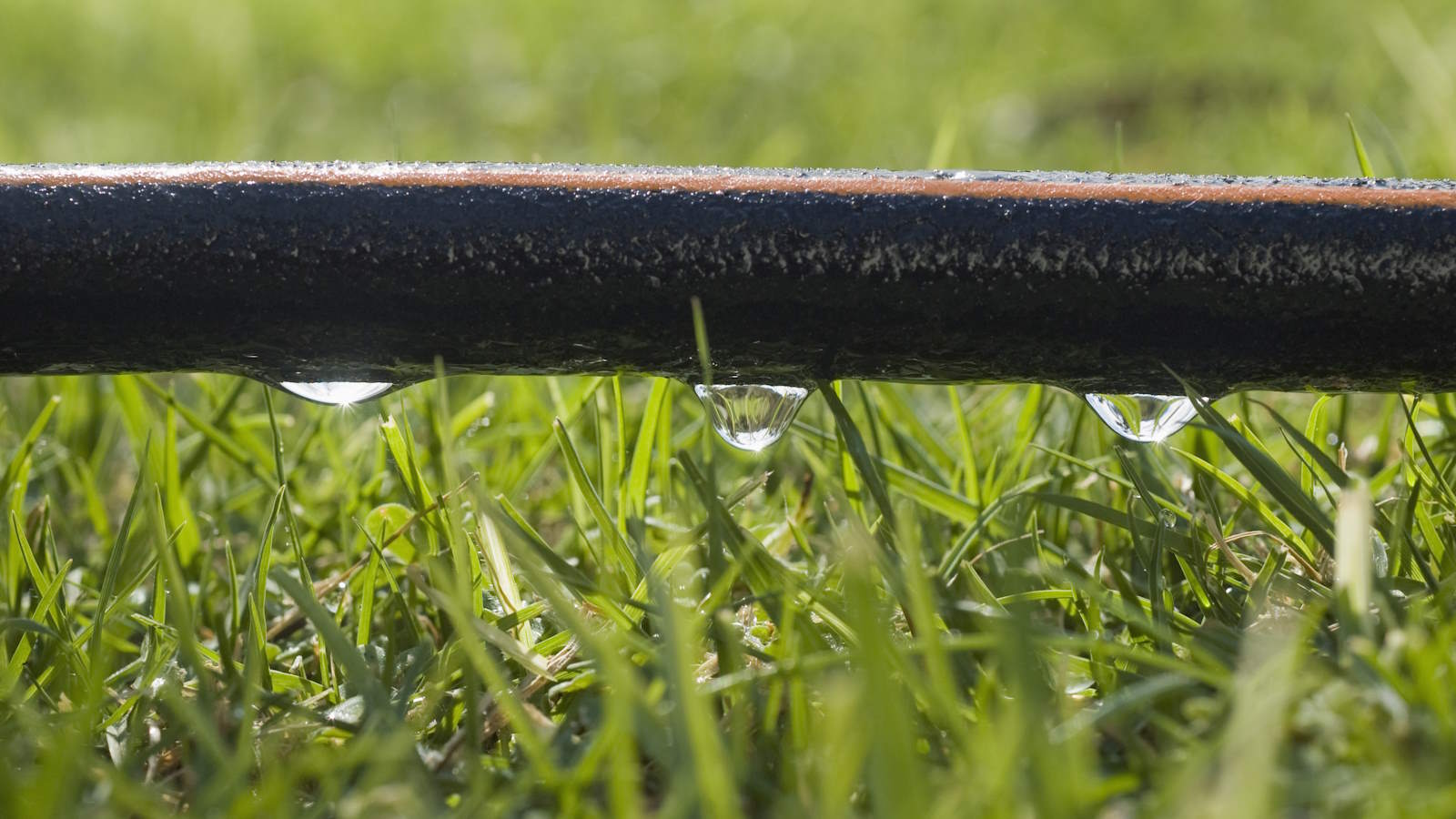
Are you tired of carrying heavy watering cans or dragging hoses around the backyard throughout the season to keep your plants hydrated?
If you are looking for an alternative simple and efficient way to water plants, especially in a small garden, then a soaker hose may tick all your boxes. They can save time, conserve water, and keep plants hydrated and healthy.
I have hands-on experience using soaker hoses in different gardens in the UK and spoke to two experts to help explain what a soaker hose is and why you may benefit from using one to water your plants.
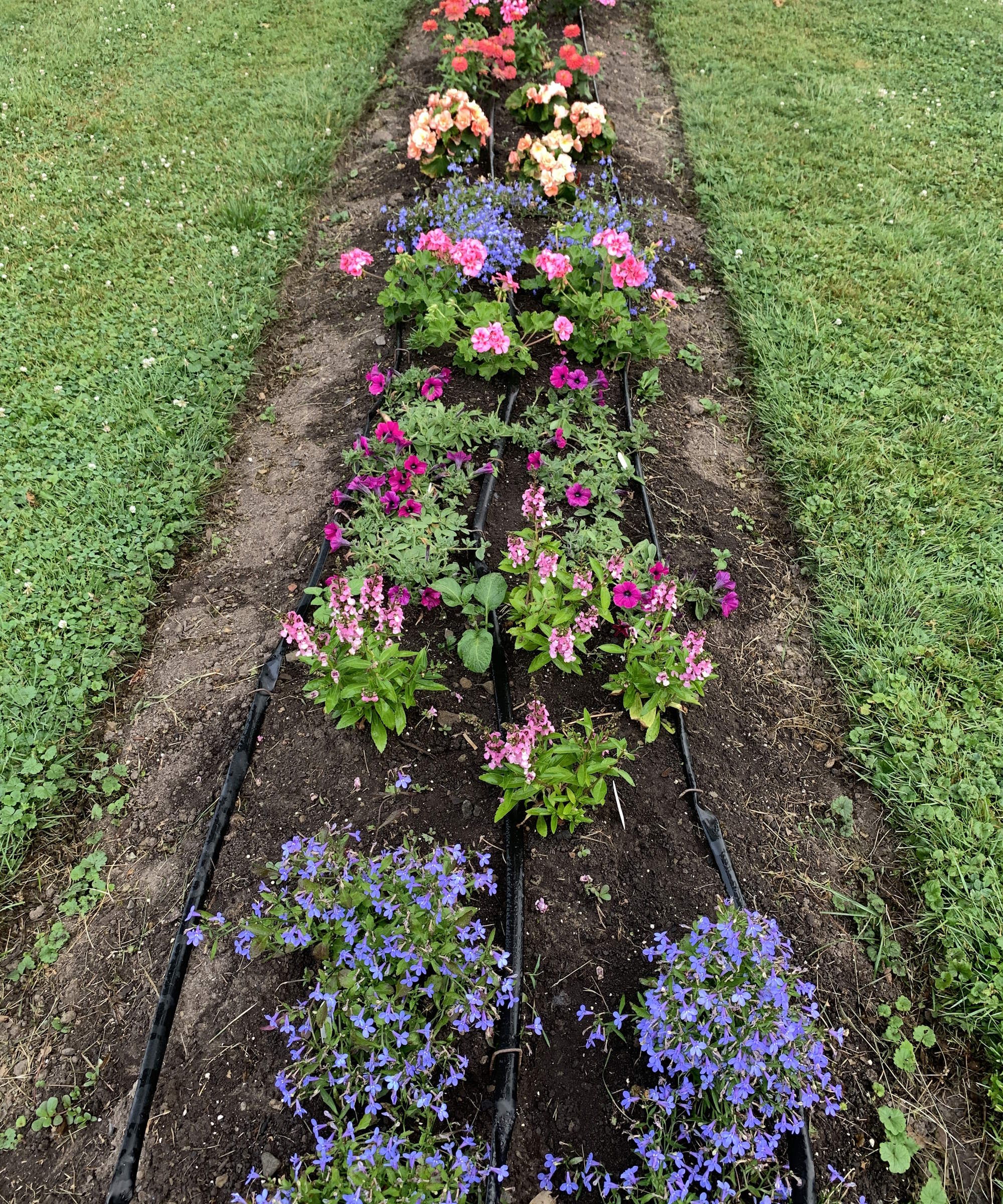
Soaker hoses - what are they?
A soaker hose may look like any other garden hose, but its design has a pivotal difference - it is porous and covered in tiny holes. It makes a soaker hose a great garden tool for deep-watering plants.
How does a soaker hose work?
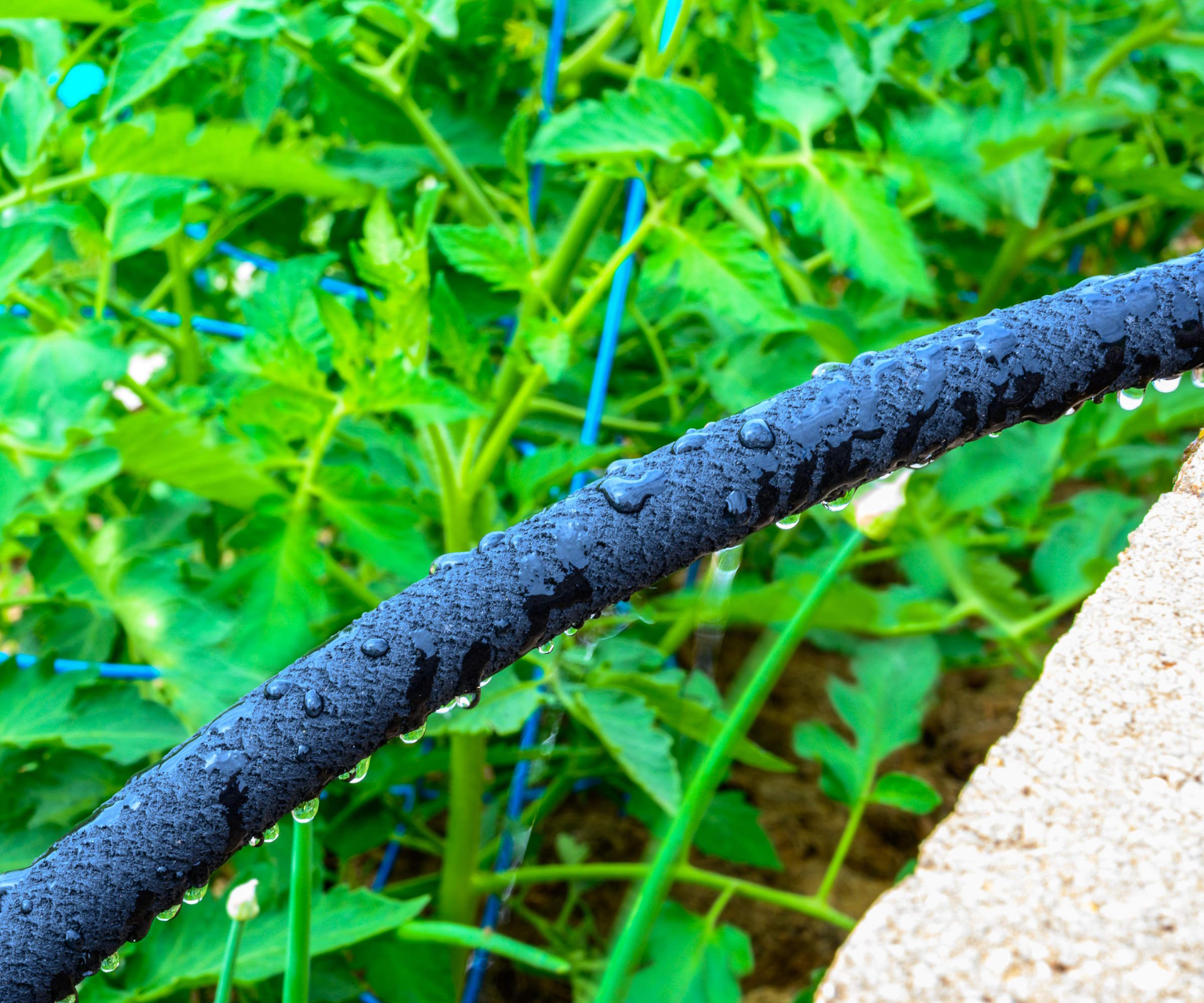
Soaker hoses tend to be made of porous rubber, PVC, or fabric material covered in thousands of tiny holes. They can come in varying lengths and the holes run throughout the entire distance of the hose.
When switched on, water slowly seeps evenly along the hose’s length to soak into the soil and hydrate plants. Soaker hoses can connect easily to domestic outdoor spigots and are simple to set up around the garden.
Why use a soaker hose?
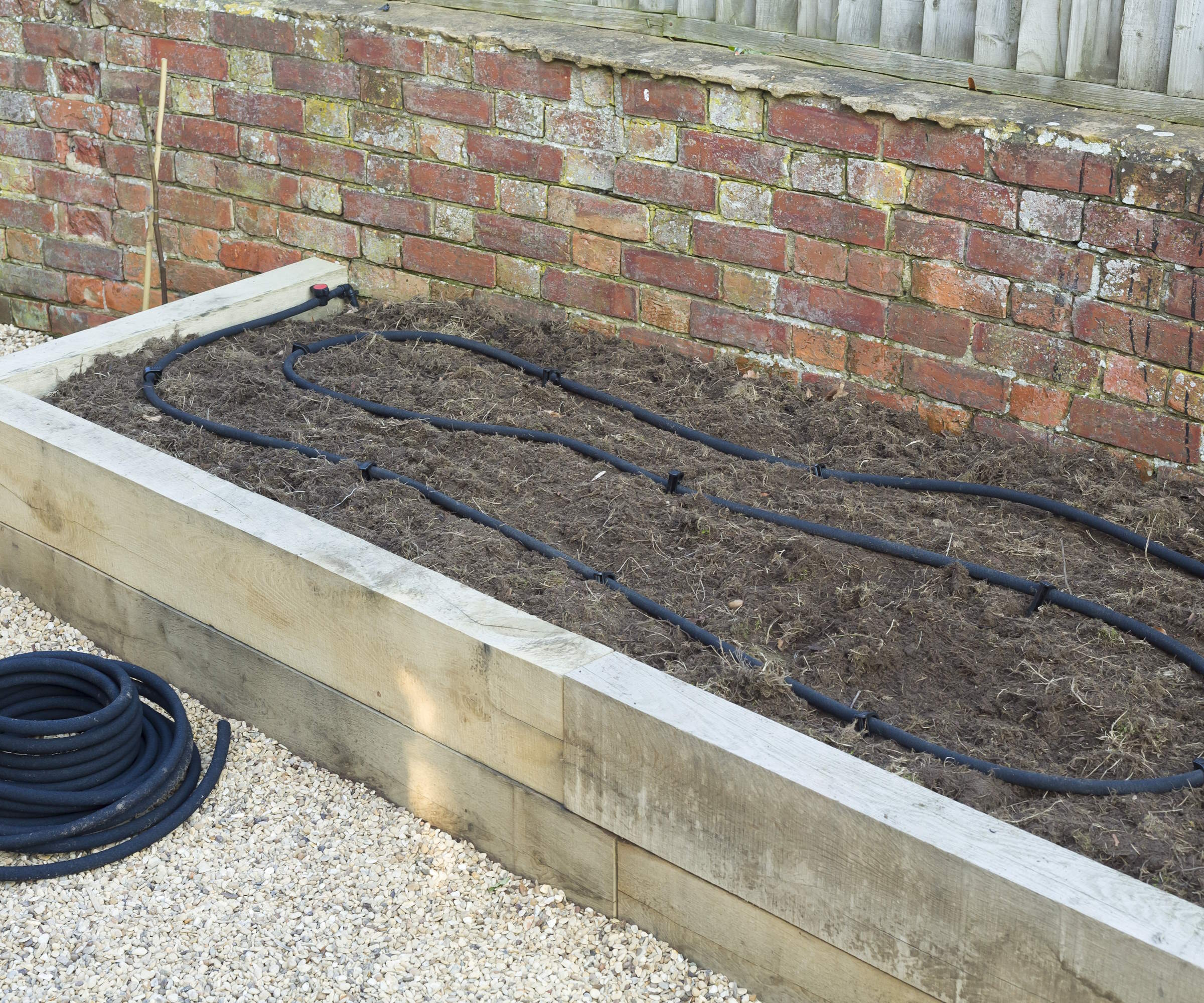
Over the years, I have used soaker hoses outdoors in vegetable gardens, as well as in polytunnel and glasshouse set-ups. I found them simple to install, easy to move around as and when required, and ideal for watering small spaces.
They can be used on the ground in flower beds, borders, or vegetable gardens and are also ideal for watering plants in raised beds. Once installed in the garden, they can remain there all season.
As well as being easy to install and move, soaker hoses offer real benefits for the health of your plants. ‘The slow and steady watering ensures that water has ample time to soak into the soil without flooding your plants or causing surface runoff,’ says Sarah Menz, master gardener and director of brand marketing at Rachio.
‘Since the hose is placed close to plants, water goes where you want it to (your plants’ root zones) and is also less susceptible to water waste from evaporation.’
As well as healthier and stronger plants through efficient and deep watering, soaker hoses help to prevent fungal issues that can come with watering with hoses or sprinkler systems.
‘Watering at the soil level keeps the leaves dry, which helps prevent fungal diseases that can occur with overhead watering,’ says Marek Bowers, founder at Bolder Green.
Soaking the foliage by watering overhead is a potential garden watering mistake that can see water evaporate away without ever soaking into the soil. It also increases the risk of powdery mildew and other fungal diseases, especially if you water later in the evening.
Soaker hoses can be used in many different garden set-ups, however, they are potentially best suited to plants growing in rows. As soaker hoses deliver water to the ground underneath them, they want to be laid as close to plants as possible for maximum impact. If your plants are not as formally laid out, it can be trickier to lay out the hose so the water gets to the root zone of all plants.
How to use a soaker hose
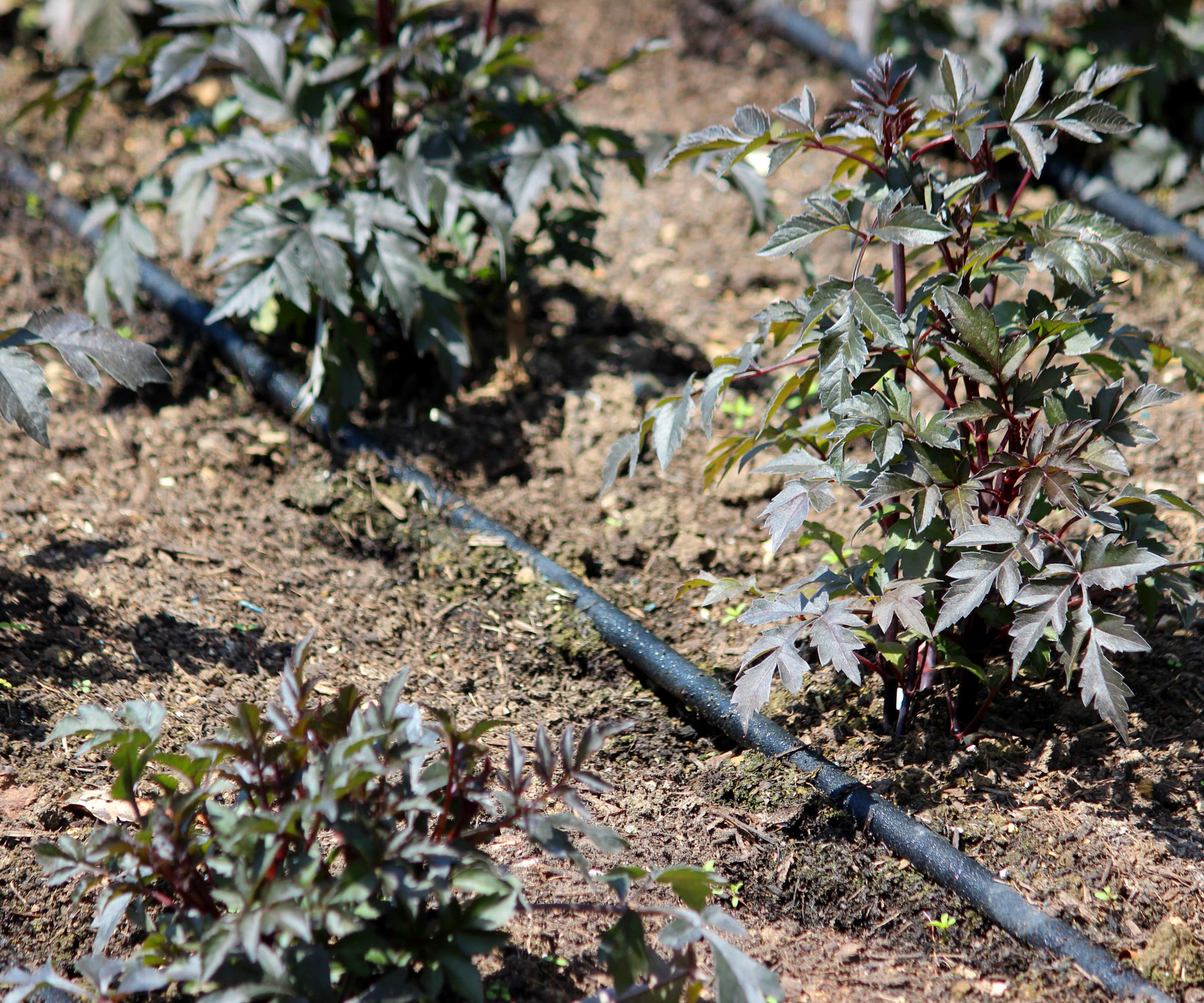
Setting up and using a soaker hose is very simple. The soaker hose can be attached to a spigot or another garden hose to extend the reach. It is important to choose the right length of soaker hose for the intended area and always lay it on level ground to avoid water seeping down slopes.
Marek Bowers offers a simple four-step guide to using a soaker hose:
- Lay the soaker hose along the base of the plants, weaving it through the garden bed to ensure even coverage
- Use garden staples or pins to secure the hose in place
- Cover the hose with mulch to help retain moisture and keep the hose in place
- Connect the soaker hose to a timer to ensure consistent watering
Keep the water pressure low when using the soaker hose, the products are designed to work at low pressure. You may only need to give the faucet a quarter turn to find the right level.
Start low and inspect the hose to ensure it is seeping and not spraying, you may need to adjust as necessary to find the right level for your faucet. Forcing too much pressure into the hose may expand it and widen the holes, or burst the end cap off and cause a flood.
Running a soaker hose for two hours, twice a week can give plants two inches of water and keep soil moist in summer. However, the exact rate will depend on the type of soaker hose. Check and monitor the results by trying different timings using a soil moisture meter, or a screwdriver, to establish the best watering regime for your plant’s needs.
It is best to use a soaker hose in the morning when the temperatures are cooler and there is reduced evaporation. If not early in the morning, the next best alternative is to run the hose in the evening
‘If your soaker hose is connected to a hose timer, you can set your watering schedule to automatically water in the morning for a no-fuss watering routine,’ recommends Sarah Menz.
A soaker hose can be buried under an inch or two of mulch to help retain more moisture in the soil for the benefit of plants. Do not bury a soaker hose in the ground and ensure there are no kinks in the line that can block the flow before covering it with mulch.
Shop soaker hoses and accessories
A soaker kit that contains a 100-foot soaker hose and a 20-piece connector, along with detailed instructions for watering and hose setup.
A soaker hose made of 100% environmentally-friendly recycled black vinyl with clog-resistant fabric cover. Flat design makes it a easy to roll up and store.
A water faucet timer with a big LCD screen display to show the watering time, watering frequency, and power. The watering duration can range from 1min-3h59min.
FAQs
Can I leave a soaker hose on all the time?
Even though a soaker hose only seeps water, running it consistently will saturate the soil and run the risk of overwatering plants. Leaving it running all the time also increases the risk of the hose breaking or the end cap coming out of place. If left unnoticed, these incidents can cause flooding and soil erosion that will damage plants.
Soaker hoses are different to drip irrigation systems and there are pros and cons to using either. Drip hoses are more expensive and trickier to install than laying out a soaker hose, however, they can be used to water individual plants or containers and may be better options for larger or sloping gardens.







